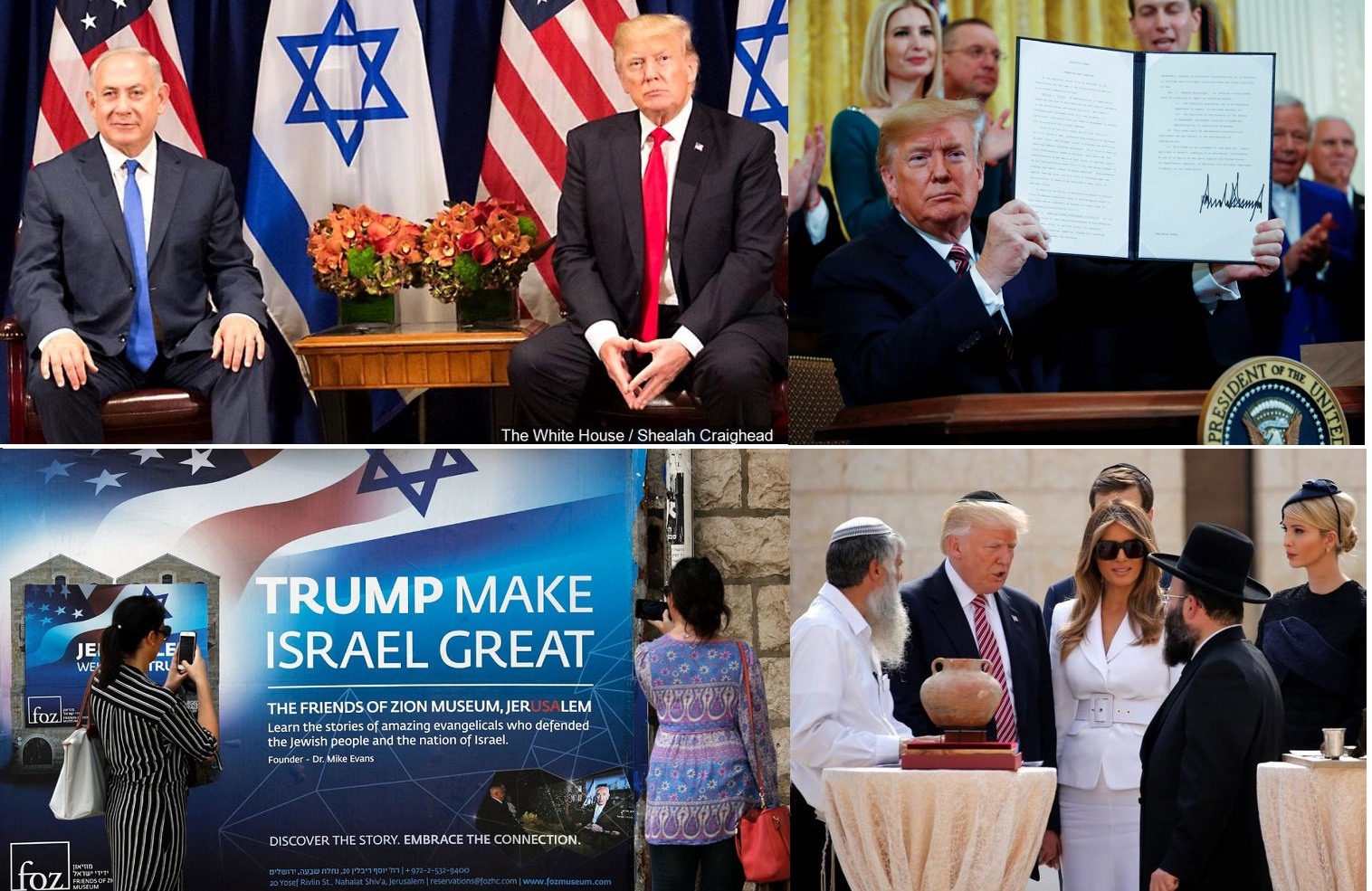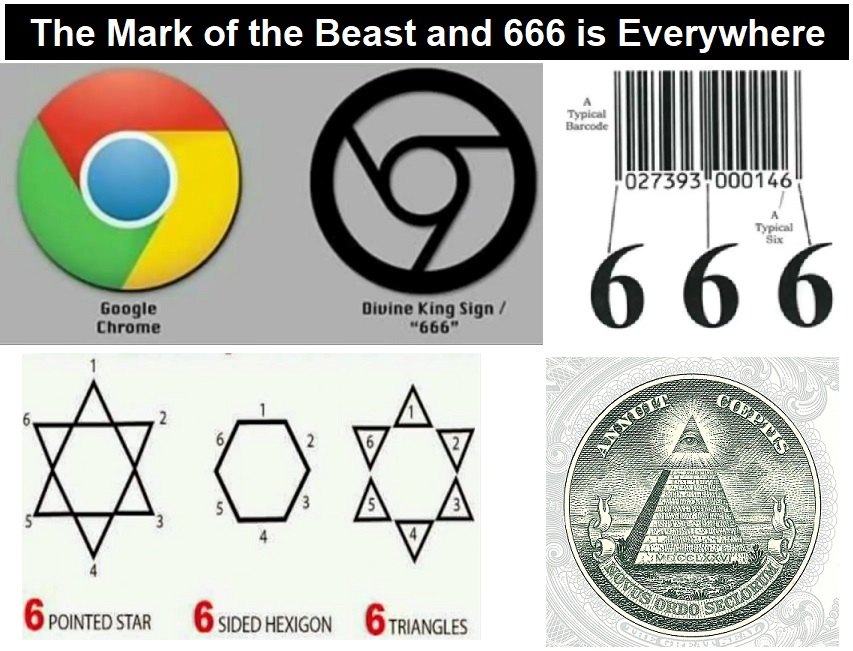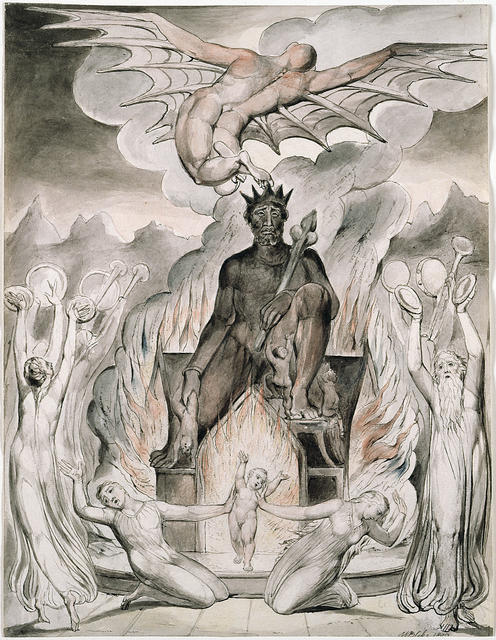by Brian Shilhavy
Editor, Health Impact News
Pepe Escobar, the Brazilian international journalist, recently returned from his visit to China where he spent time in Shanghai and Hong Kong, home to the two largest ports in China.
He was interviewed by Danny Haiphong, and I am including the interview here, which I listened to this past weekend.
Escobar states:
Trump managed to do what I would say (is) the impossible, to antagonize 1.4 billion Chinese, at the same time.
And there’s no turning back. So Trump cannot expect a phone call from China.
He explains how BRICS, which will meet this summer in Brazil, is now accelerating their plans to implement a new international payment system so countries can bypass the U.S. banking system and the U.S. dollar, as they begin to exclude the U.S. market due to these high tariffs.
Escobar mentions the analogy that President Trump is using for his tariffs, which is that the U.S. is a “store” and that any country who wants to buy U.S. goods in this “store” has to meet Trump’s pricing based on tariffs.
Escobar responds: “But what he doesn’t realize is that nobody wants to buy anything in this store anymore” as the BRICS nations begin to reshape their supply chains and exports.
Also covered in this interview is the amazing announcement from Russia that the Kursk region has now been 100% liberated, as Russia announces, for the first time in public, that they did so with the help of North Korean military forces.
He also explains how Iran is a huge part of BRICS plans for the future, and the implementation of the new Silk Road trade initiatives.
Watch the full interview:
Russian Foreign Minister Sergey Lavrov appeared on CBS yesterday to give an interview to refute the network’s claims that “Moscow is not willing to make any concessions on anything” regarding Ukraine.
As I have previously published, why would Russia be motivated at all to play ball with Trump, when they are already sanctioned and have ZERO trade with the U.S., being cut off from the SWIFT banking system, and also because they believe they have the upper hand militarily with Ukraine, especially with their new Oreshnik missiles?
RT.com printed the entire transcript of the interview here.
Some excerpts:
In an interview with CBS, Russian Foreign Minister Sergey Lavrov has rebuked the network for suggesting Moscow is not ready to make concessions to end the Ukraine conflict. He stressed that Russia is committed to seeking a “balance of interests” with the US and Ukraine.
Lavrov added that Russia is always ready for “serious and respectful” negotiations, unlike Kiev, which he accused of “talking through the media.”
The top diplomat said talks with Washington are “moving in the right direction” because US president Donald Trump had recognized NATO’s mistakes and the violation of Russian rights in Ukraine.
He welcomed Trump’s ceasefire plan but demanded firm guarantees Ukraine would not use it to rebuild its military.
Responding to US accusations that Moscow has space-based weapons, Lavrov rejected the claims as false. He said that Russia has long promoted a UN treaty to ban nuclear weapons in outer space, which the US has refused to support. (Source.)
Here are some more headlines from today’s news as posted on our Telegram channel.
‘No way’ US can recoup lost China container imports: Analyst
Major U.S. ports will lose 30-60% of their volume from China. By contrast, Shanghai and Hong Kong, the two largest ports in China, only import 3-6% of their volume from the U.S.
From FreightWaves:
While the China trade embargo instigated by President Donald Trump’s tariff war has focused on the evolving collapse of eastbound trans-Pacific container volumes to the United States, a closer look at the intersection of China’s share of tonnage and specific goods moving through U.S. ports paints an even more devastating picture.
According to Census Bureau data, the list of American ports that processed the most containerized imports from China in 2024 was led by Los Angeles, at 22,237,485 million metric tons, or 51%, of the port’s total 43,912,894 tons of global cargo. China accounted for 8,341,200 tons, or 61%, of a total 13,592,209 tons through the neighboring Port of Long Beach, the second-highest total. Newark, New Jersey, was third and the leading East Coast gateway at 7,520,488 tons, a 23% share, of a total 32,995,507 tons.
China’s share among other major container ports was 47% through Tacoma, Washington, 37% through Oakland, California, 36% through Seattle, 21% through Charleston, South Carolina and 18% through Norfolk-Newport News, Virginia.
Import categories of lesser tonnage but still China-dominant include bedsheets and pillowcases, 61%; tractors, motorcycles and bicycles, 40%; and printer and writing paper as well as paperboard for packaging, 24%.
Companies are rushing to shift sourcing to Vietnam, Thailand, India, Malaysia and Indonesia, among other countries, before Trump’s 90-day pause on reciprocal tariffs ends, said Jason Miller, who teaches supply chain at Michigan State University’s Eli Broad College of Business, in a LinkedIn post.
“No way we can make up for the 30-60% lost volumes from China [via other countries] due to the tariffs,” said Miller.
This bodes quite ill for local employment around the most affected ports, as fewer imports equal fewer drayage drivers and warehouse workers, coupled with knock-on effects from less activity in general (e.g., local restaurants seeing less business).
Unless the 145% China tariffs are dropped very soon (e.g., this week), I don’t see how this scenario is avoided.”
Mass layoffs in trucking and retail coming
From FreightWaves:
Apollo Global Management forecasts a severe U.S. recession triggered by recent tariffs, which will lead to widespread layoffs in the trucking and retail sectors amid rising economic uncertainty.
The report, available on Apollo’s website, paints a grim scenario:
The trucking industry, critical to U.S. logistics, faces significant challenges as tariffs disrupt trade, particularly with China. A sharp decline in container ship voyages from China is expected to reduce freight volumes, thereby lowering demand for trucking services.
Imports account for an estimated 20% of U.S. trucking volumes, so a decline in imports will have a significant impact on the industry. With fewer goods to transport, carriers will face reduced workloads and underutilized fleets, forcing them to cut labor costs.
Apollo predicts that domestic freight activity will sharply slow by mid-May, with mass layoffs likely to follow as firms strive to maintain financial stability. The slowdown in trucking will put a lot of pressure on trucking companies that have been dealing with the Great Freight Recession, one of the longest and deepest downturns in history.
The retail sector is also bracing for substantial layoffs.
Tariffs will cause supply chain disruptions, leading to inventory shortages, especially for goods from China. The decline in container shipments will leave retailers struggling to stock products, as longer lead times further complicate inventory management.
Retailers may need to find alternative suppliers or reduce product offerings, both of which present challenges.
Trump is taking us back to the slow-growth, high-inflation 1970s — or worse
From MarketWatch:
Nearly five years ago, I warned that stagflation for the U.S. was only a broken supply chain away. A temporary outbreak resulted from the COVID-19 shock, as a surge in inflation coincided with an anemic recovery in global demand. But, like the pandemic, that economic disruption quickly subsided.
Today, a more worrisome form of stagflation is in the offing, threatening severe and lasting consequences for the global economy and world financial markets.
An important difference between these two strains of stagflation is the nature of the damage. During the pandemic, supply chains were stressed by significant demand shifts — during early lockdowns, people consumed more goods and fewer services, with a sharp reversal after reopening.
It took roughly two years for those supply-chain disruptions to begin to fade, and inflationary pressures begin to ease.
Such temporary disruptions now seem almost quaint compared with the fundamental reordering of global supply chains sparked by President Donald Trump’s “America First” protectionism.
The United States, for all intents and purposes, is disengaging, or decoupling, from global trade networks, especially from China-centric supply chains in Asia and potentially even from the supply chains that knit together North America through the U.S.-Mexico-Canada Agreement — the so-called “gold standard” of trade agreements.
Trump celebrated the imposition of so-called “reciprocal” tariffs on April 2 as “liberation day.” To me, it was more like an act of sabotage, triggering retaliation and a likely decline in the global trade cycle. If this continues, it will be exceedingly difficult for the world to sidestep recession.
The outcome of Trump’s agenda could be as destructive as that of the early 20th-century global trade war that followed the 1930 Smoot-Hawley Tariff Act, another protectionist policy blunder.
With U.S. tariffs now even higher than they were back then (and, in fact, higher than at any point since 1909), it is worth remembering the 65% contraction in global trade that occurred from 1929 to 1934.
Today’s world might be lucky to get away with stagflation.
Trump’s China tariffs set to unleash supply shock on US economy
From Bloomberg (via Yahoo):
President Donald Trump’s tariff onslaught has roiled Washington and Wall Street for nearly a month. If the trade war persists, the next upheaval will hit much closer to home.
Since the US raised levies on China to 145% in early April, cargo shipments have plummeted, perhaps by as much as 60%, according to one estimate. That drastic reduction in goods from one of the largest US trading partners hasn’t been felt by many Americans yet, but that’s about to change.
By the middle of May, thousands of companies — big and small — will be needing to replenish inventories. Giant retailers such as Walmart Inc. (WMT) and Target Corp. (TGT) told Trump in a meeting last week that shoppers are likely to see empty shelves and higher prices.
Torsten Slok, Apollo Management’s chief economist, recently warned of looming “Covid-like” shortages and significant layoffs in industries spanning trucking, logistics and retail.
While Trump has shown signs in recent days that he’s willing to be flexible on the import taxes imposed on China and others, it may be too late to stop a supply shock from reverberating across the US economy that could stretch all the way to Christmas.
“The clock is absolutely ticking,” said Jim Gerson, president of The Gersons Companies, an 84-year-old supplier of holiday decorations and candles to major US retailers. The company, based in Olathe, Kansas, sources more than half its products from China and currently has about 250 containers waiting to be shipped.
“We have to get this worked out,” said Gerson, who’s part of the third generation from his family to run the company, which generates roughly $100 million in sales a year. “And hopefully very soon.”
Even when hostilities ease, restarting transpacific trade will bring additional risks. The freight industry has reduced capacity to match weaker demand. That means a surge of orders sparked by a detente between the superpowers will likely overwhelm the network, causing delays and boosting costs.
A similar scenario unfolded during the pandemic when container prices quadrupled and a glut of cargo ships jammed up ports. (Full article.)
‘People were stunned’: Spaniards caught unawares by power outage
The most recent news about the grid being down in Spain and Portugal is:
“There is no conclusive information on what caused the power outage that has affected Spain, Portugal and parts of France, Spanish Prime Minister Pedro Sánchez said Monday.
He said officials were trying to determine the cause and had not yet ruled out any theories, but he urged the public to avoid speculation.”
The quote was from CNN Live Updates about 20 minutes ago.
From The Guardian:
It was just after midday and all across the Iberian peninsula the power was failing, plunging Spain and Portugal into chaos. Buses and trains stopped; cash machines went dark; people were left trapped in unlit metro carriages and lifts, with no certainty about when they would get out. (Full article.)
If this can happen in Madrid and Barcelona, it can happen anywhere.
India–Pakistan standoff: Who is fanning nuclear flames?
From The Cradle:
Amid escalating tensions between nuclear-armed India and Pakistan, a deadly attack by unknown forces in Kashmir has sparked a dangerous chain of events, drawing in global powers and pushing the region closer to the brink of war – raising questions about who stands to gain from the conflict.
In a region already on the brink, the latest violence in Indian-occupied Kashmir has intensified a decades-old conflict between nuclear-armed India and Pakistan. The attack, which targeted Indian tourists in the Pahalgam valley, killing 26, has quickly escalated into a diplomatic and military standoff.
With India and Pakistan trading accusations and retaliatory measures, the potential for full-scale conflict is growing – especially as external players like the US and Israel loom over the situation, each with their own interests in fueling or containing the crisis.
A web of conspiracy and suspicion has surrounded the incident in Kashmir, with missing links complicating the narrative.
The Pahalgam assault raises questions about the timing of US Vice President JD Vance’s visit to India, which occurred while Indian Prime Minister Narendra Modi was in the Saudi Arabian Red Sea port city Jeddah – a visit that was cut short abruptly.
Experts warn that the only beneficiaries of this conflict will be the arms manufacturers, Pentagon lobbyists, and Wall Street investors.
Their motives are clear: keep the dollar strong, prop up the struggling US economy, and importantly, maintain tension between India and China. (Full article.)
Comment on this article at HealthImpactNews.com.
This article was written by Human Superior Intelligence (HSI)
See Also:
Understand the Times We are Currently Living Through
The Demonic Roots of Christianity: The Christians Jesus Said He Hated
Who are God’s “Chosen People”?
Life in the Spirit versus the Religious Life in the Flesh
KABBALAH: The Anti-Christ Religion of Satan that Controls the World Today
Christian Teaching on Sex and Marriage vs. The Actual Biblical Teaching
Exposing the Christian Zionism Cult
The Bewitching of America with the Evil Eye and the Mark of the Beast
Jesus Christ’s Opposition to the Jewish State: Lessons for Today
Identifying the Luciferian Globalists Implementing the New World Order – Who are the “Jews”?
The Brain Myth: Your Intellect and Thoughts Originate in Your Heart, Not Your Brain
The Seal and Mark of God is Far More Important than the “Mark of the Beast” – Are You Prepared for What’s Coming?
The Satanic Roots to Modern Medicine – The Image of the Beast?
Medicine: Idolatry in the Twenty First Century – 10-Year-Old Article More Relevant Today than the Day it was Written
Having problems receiving our emails? See:
How to Beat Internet Censorship and Create Your Own Newsfeed
We Are Now on Telegram. Video channels at Bitchute, and Odysee.
If our website is seized and shut down, find us on Telegram, as well as Bitchute and Odysee for further instructions about where to find us.
If you use the TOR Onion browser, here are the links and corresponding URLs to use in the TOR browser to find us on the Dark Web: Health Impact News, Vaccine Impact, Medical Kidnap, Created4Health, CoconutOil.com.




















